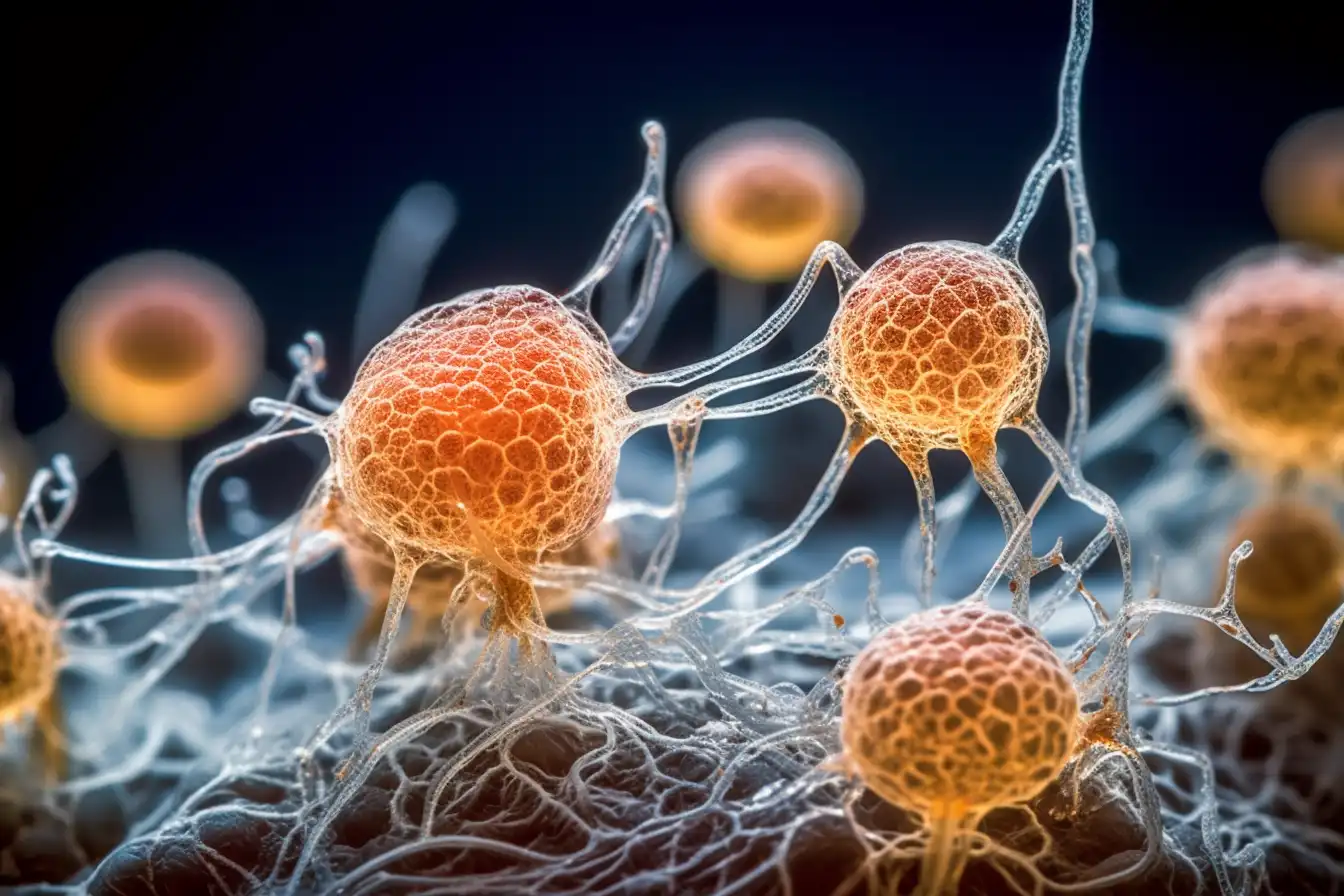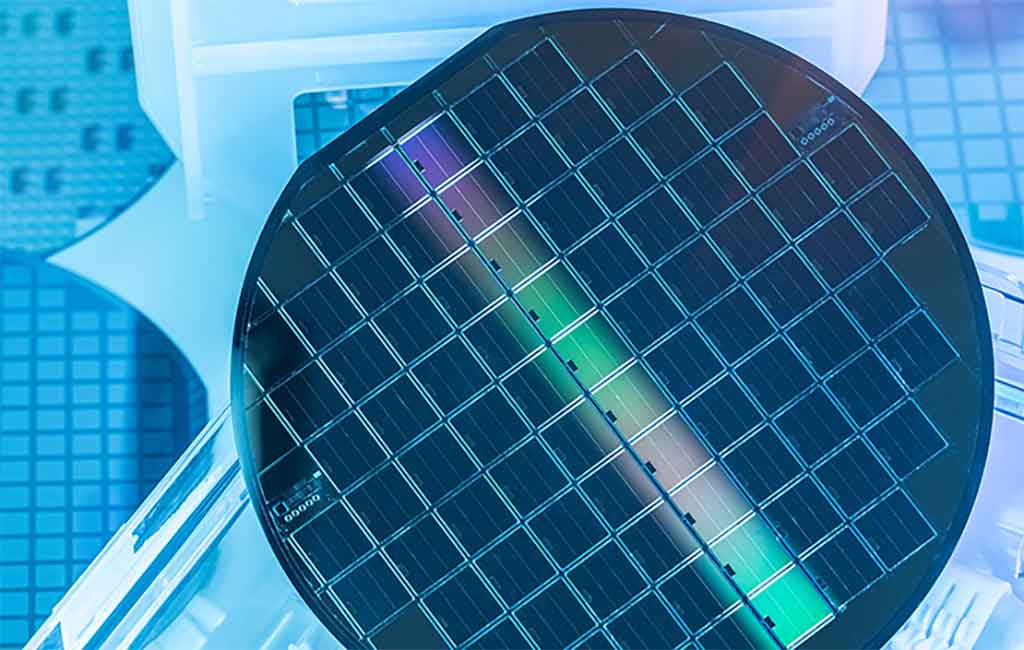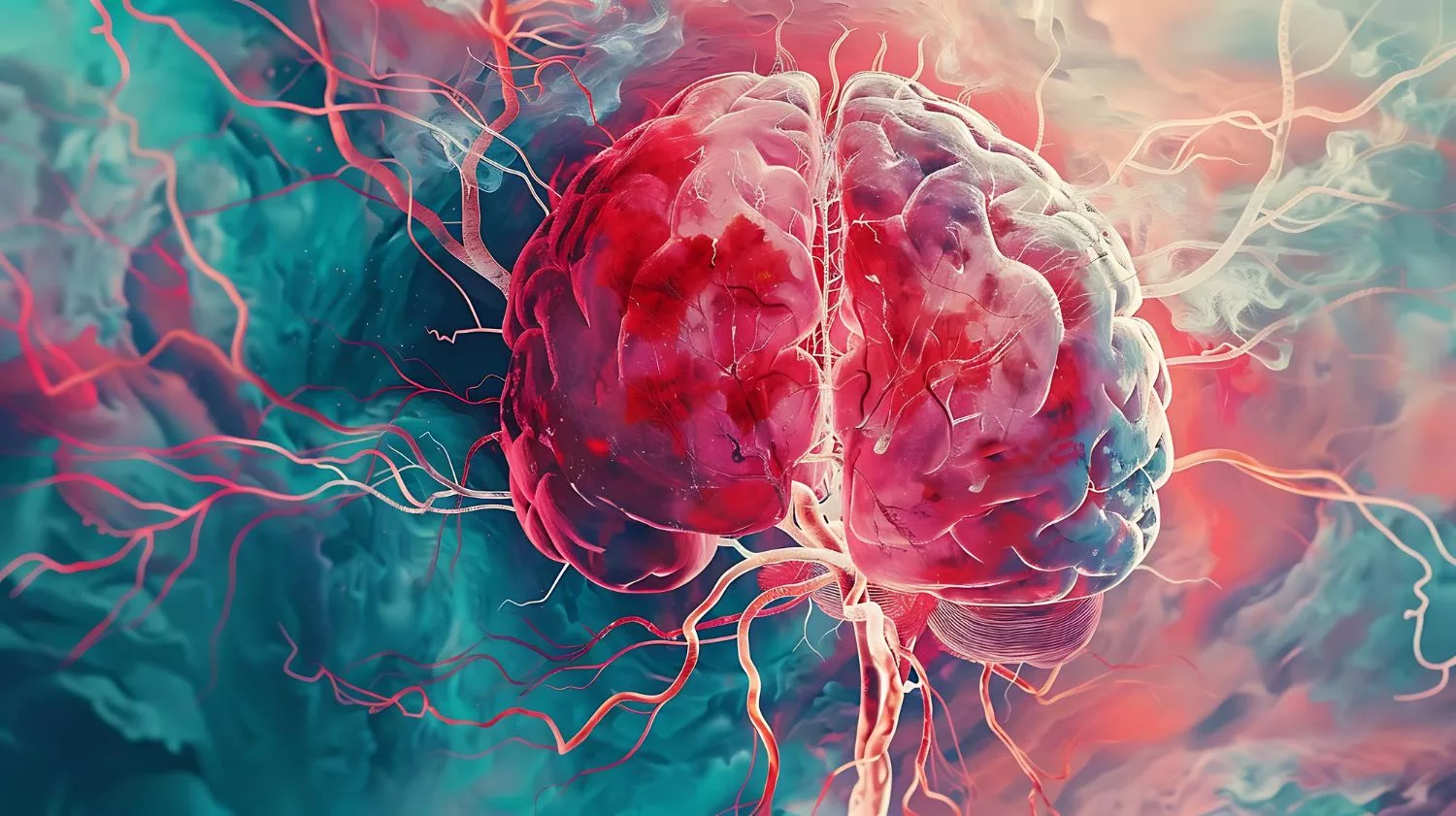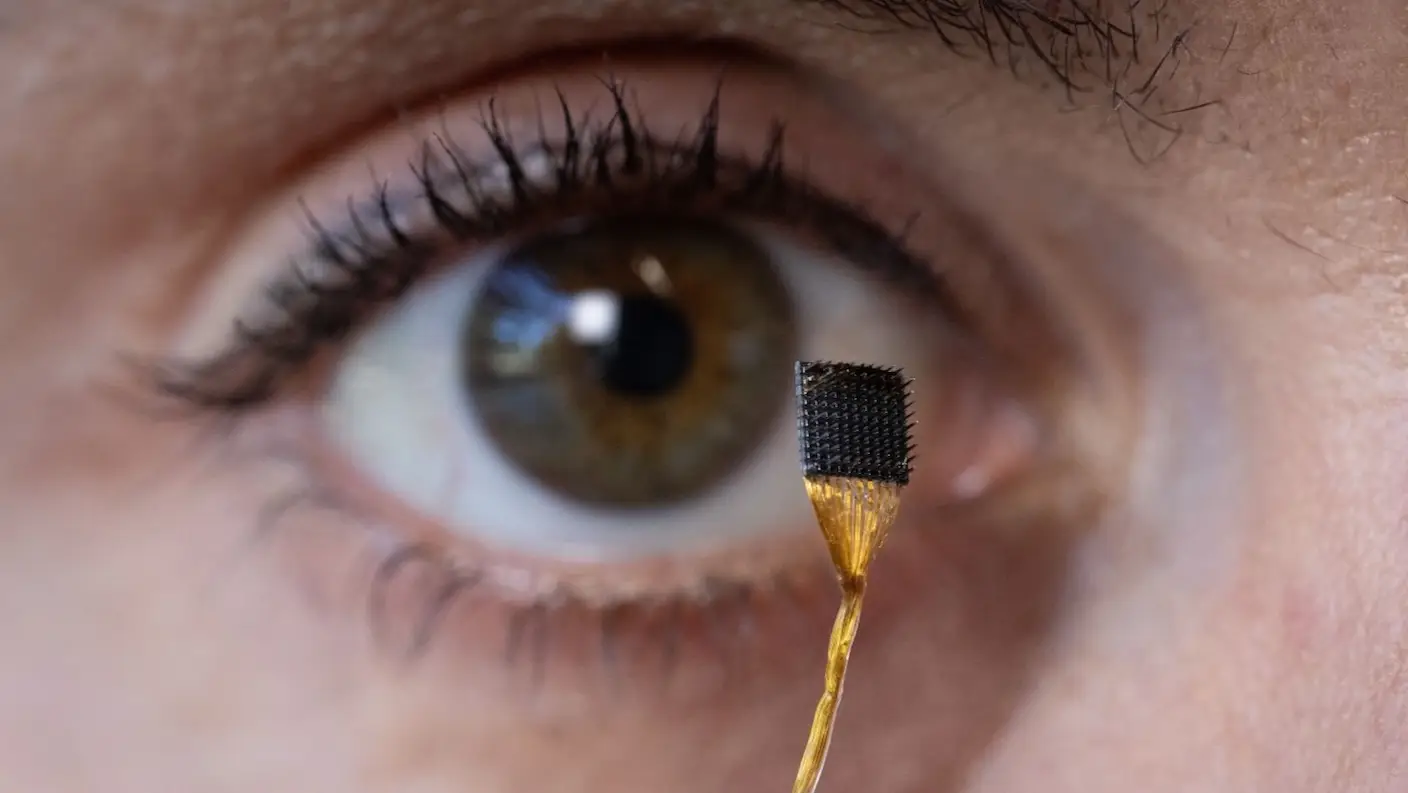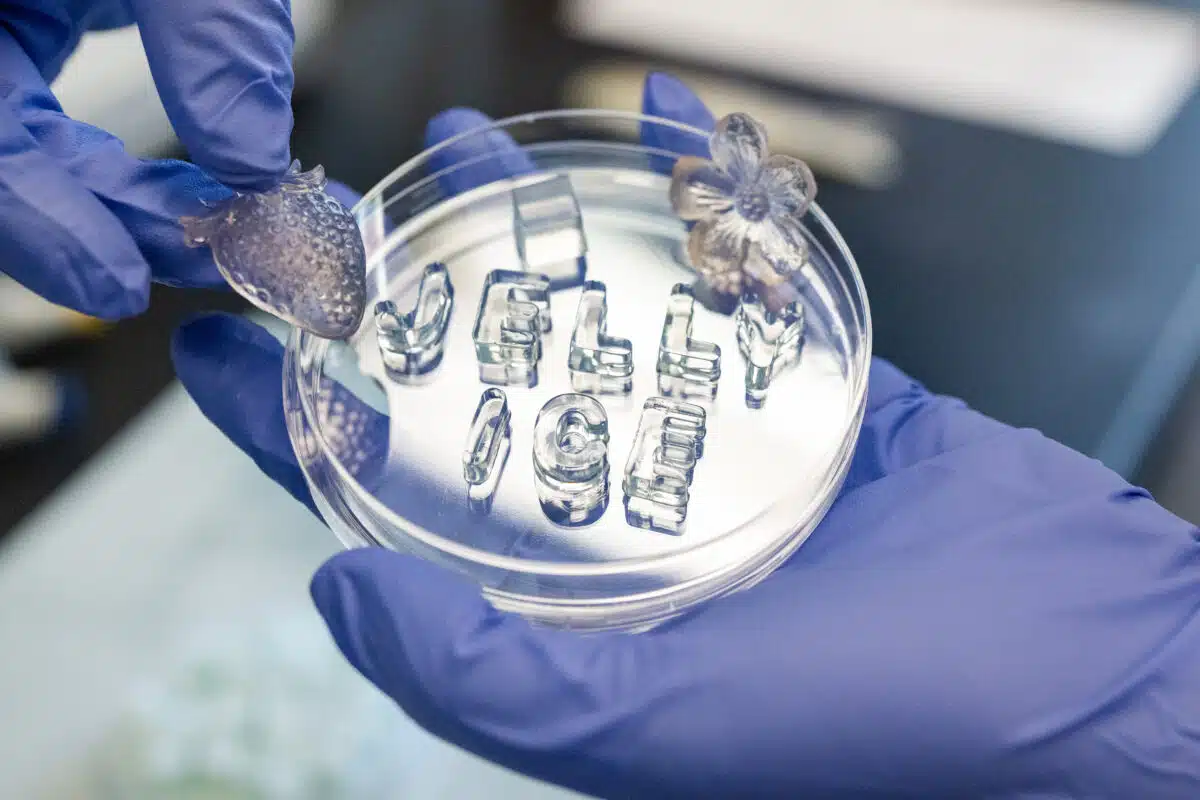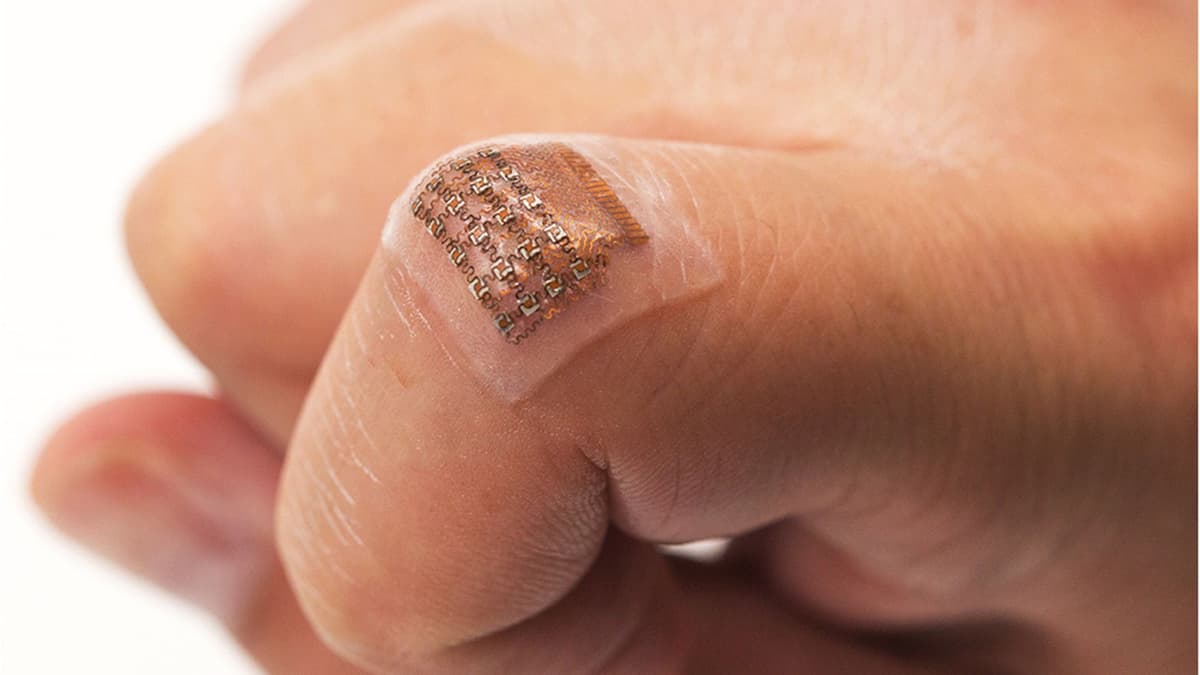For decades, people with imperfect eyesight have faced a binary choice: wear corrective lenses or undergo surgery. Glasses and contacts remain the most common solution, while LASIK surgery—reshaping the cornea with high-precision lasers—has become a popular alternative for those seeking a more permanent fix. But LASIK, despite its widespread success, still requires cutting into the eye, which weakens the cornea and carries risk. Now, a surprising breakthrough suggests the next era of vision correction may not involve lasers, scalpels, or incisions at all. Instead, it may use electricity.
Continue reading… “Rewriting Vision: Electricity, Not Lasers, May Be the Future of Eye Care”The Coming Era of Stem Cell Therapy: From Cure to Human Enhancement
For decades, stem cell therapy has been discussed as a miracle waiting to happen, a technology hovering just out of reach. But the future is no longer about treating isolated diseases. The true trajectory of stem cell science is pointing toward something bigger: a world where we regenerate organs, rewrite faulty genes, and even prevent illness before it begins. What started as a quest to heal is rapidly evolving into a system to redesign human health altogether.
Continue reading… “The Coming Era of Stem Cell Therapy: From Cure to Human Enhancement”The Beginning of the End for Type 1 Diabetes? Gene-Edited Cells Outsmart the Immune System
For more than a century, type 1 diabetes has been managed, not cured. Patients inject insulin, monitor blood sugar obsessively, and live with the constant shadow of long-term complications. But now, for the first time in history, scientists may have found a way to outsmart the immune system itself—replacing what’s broken with engineered cells that refuse to be rejected. This isn’t just medicine; it’s a glimpse into the future of cellular engineering as a tool to rewrite the rules of human health.
Continue reading… “The Beginning of the End for Type 1 Diabetes? Gene-Edited Cells Outsmart the Immune System”Intercrystals: The Geometry That Could Rewire the Future
Every so often, science uncovers a new class of materials that changes everything. In the early 20th century, semiconductors gave us the transistor and the digital age. In the 1980s, quasicrystals rewrote the rules of atomic order. Now, researchers at Rutgers University believe they have unlocked the next revolution in materials science: intercrystals. These exotic new structures don’t just bend the rules of physics; they exploit geometry itself to command the behavior of electrons. If semiconductors gave us the information age, intercrystals could give us the geometry age.
Intercrystals are created by stacking two ultra-thin sheets of graphene—each only one atom thick—on a substrate of hexagonal boron nitride, then twisting them at just the right angle. That tiny geometric contortion produces moiré patterns, rippling effects similar to what you see when two mesh screens overlap. At this microscopic scale, those ripples aren’t just visual artifacts; they reshape the quantum landscape through which electrons travel. A slight twist, a minor shift in alignment, and suddenly electrons behave in ways no conventional crystal could ever allow. The Rutgers team has shown that intercrystals possess electronic properties never before observed, a finding that doesn’t just open a door—it demolishes a wall.
Continue reading… “Intercrystals: The Geometry That Could Rewire the Future”Breathing Like Everest: Low Oxygen as a Potential Parkinson’s Therapy
The summit of human endurance may also hold clues to preserving the brain. Scientists at the Broad Institute and Mass General Brigham have discovered that exposing Parkinson’s disease models to low-oxygen environments—the kind found at Mount Everest base camp—can both protect and restore brain function. The finding challenges one of neuroscience’s long-held assumptions: that oxygen is always good for the brain.
Parkinson’s disease affects more than 10 million people worldwide, eroding motor control as neurons die and toxic protein clumps called Lewy bodies accumulate. Traditional therapies try to address symptoms, but they do little to preserve the neurons themselves. What the Broad-MGH team found is that too much oxygen may be part of the problem. Damaged mitochondria, the energy factories of brain cells, stop using oxygen efficiently, leading to dangerous buildup. This excess oxygen appears to act more like a toxin than a nutrient, fueling the neurodegeneration that underpins Parkinson’s.
Continue reading… “Breathing Like Everest: Low Oxygen as a Potential Parkinson’s Therapy”3D Printing Blood Vessels to Rethink Stroke Treatment
The human brain’s blood vessels are like a complex highway network—narrow, winding, and constantly in motion. When a blockage forms, it’s not just a traffic jam; it’s the beginning of a stroke, one of the leading causes of death and disability worldwide. Current medical fixes—like stents, balloons, and surgical bypasses—help clear the jam, but they’re blunt tools that can’t replicate the intricate biology of the brain’s vascular system.
Now, researchers in South Korea have pulled off something extraordinary: they’ve 3D-printed brain blood vessels that can recreate both healthy and diseased blood flow, opening the door to more realistic stroke models and personalized therapies.
Continue reading… “3D Printing Blood Vessels to Rethink Stroke Treatment”When Your Inner Voice Finds Its Way Out
We all have a voice in our heads. It’s the whispered rehearsal before a big presentation, the silent pep talk before asking for a raise, or the self-critique that reminds us what we wish we hadn’t said. For most of human history, this inner monologue has been locked away, private, and unreachable. But researchers at Stanford University are now tugging at the boundary between private thought and public expression, building brain implants that can decode inner speech—the silent conversations we have with ourselves—and translate them into audible words.
Continue reading… “When Your Inner Voice Finds Its Way Out”Jelly Ice: The End of the Meltwater Mess
Ice has a fatal flaw—it melts. That puddle at the bottom of your cooler or the slush in a seafood case isn’t just messy, it can spread contamination, ruin food, and waste energy. Now researchers at UC Davis have flipped the script with a breakthrough material: jelly ice—a reusable, compostable, and customizable substitute that stays solid without turning into a watery disaster.
Made from gelatin, the same stuff that makes Jell-O jiggle, jelly ice traps water inside a hydrogel matrix that holds its shape even after repeated freeze-thaw cycles. It’s 90% water, food-safe, and just as effective as traditional ice for cooling—up to 80% of the efficiency—but unlike ice, it doesn’t leave a mess when it warms up.
Continue reading… “Jelly Ice: The End of the Meltwater Mess”Pollination Gets Automated: China’s Leap Into Robotized Farming
For centuries, farmers and scientists have relied on tedious, manual methods of cross-pollination to create new, hardier crops. But now China has dropped a technological bombshell: GEAIR, the world’s first autonomous AI-powered hybrid pollination robot. It doesn’t just mimic human labor—it outpaces it, promising to slash breeding costs, accelerate crop cycles, and inject near-perfect precision into a process once defined by trial and error.
Built by researchers at the Institute of Genetics and Development Biology, GEAIR combines AI, robotics, and gene editing into one closed-loop breeding machine. In a greenhouse trial, the robot proved it could identify a flower, extend a delicate robotic arm, and transfer pollen with inch-perfect accuracy—an act that once demanded painstaking human attention. The implications are staggering: hybrid seeds that once took years to develop could be created in a fraction of the time.
Continue reading… “Pollination Gets Automated: China’s Leap Into Robotized Farming”The Protein That Could Turn Carbon Monoxide Poisoning from a Death Sentence into a Treatable Emergency
Carbon monoxide—the silent killer—claims 1,500 lives a year in the U.S. and sends 50,000 people to the emergency room. It seeps in without smell, taste, or warning, hijacking the body’s oxygen supply in minutes. For decades, our only defense has been to pump victims full of pure oxygen, sometimes in high-pressure chambers, and hope it’s not too late.
Now, a team at the University of Maryland School of Medicine may have cracked the code for a true antidote—one that doesn’t just help the body cope but actively hunts down and removes the toxin.
Continue reading… “The Protein That Could Turn Carbon Monoxide Poisoning from a Death Sentence into a Treatable Emergency”The Wearable That Could End the Era of the Blood Pressure Cuff
For more than a century, checking your blood pressure has meant wrapping a cuff around your arm, squeezing it until your fingers tingle, and sitting perfectly still while a machine spits out two numbers. Useful? Sure. Practical for real-time monitoring? Not even close.
That static, one-off measurement leaves doctors with an incomplete picture of what’s happening inside your arteries during the other 23 hours and 59 minutes of your day. And it’s part of why hypertension—one of the world’s most common and deadly conditions—still blindsides millions of people.
Continue reading… “The Wearable That Could End the Era of the Blood Pressure Cuff”From Blueprint to Bio-Machine: The New Era of On-Demand Protein Design
For decades, protein engineering has been a game of mix-and-match—cutting fragments from nature’s molecular machines and hoping they’d play nice together. It worked sometimes, failed often, and always took time. Now, thanks to a project out of TU Graz called HelixMold, that trial-and-error era may be ending.
Imagine opening a software interface, typing in what you want a protein to do—break down stubborn plastics, assemble a complex drug molecule, detect a rare toxin—and getting a ready-to-build molecular design in minutes. Not a wild guess. Not a borrowed enzyme from nature. A custom-built protein, tailor-made for the job.
Continue reading… “From Blueprint to Bio-Machine: The New Era of On-Demand Protein Design”

